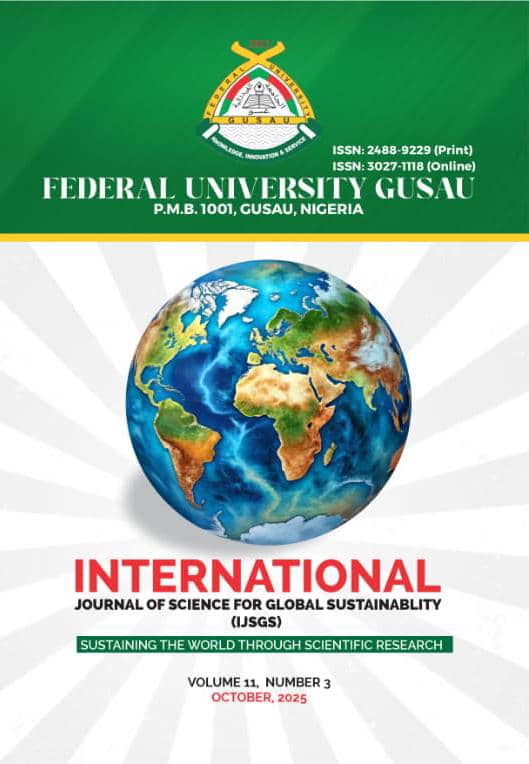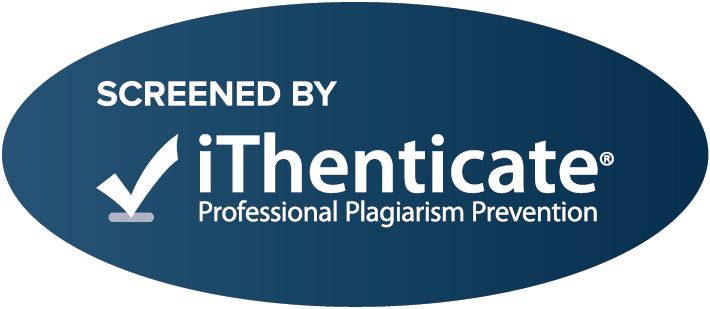Epidemiology and Risk Factors of Urinary Schistosomiasis Among Residents Within Dallaje Reservoir, Bindawa Local Government, Katsina State, Nigeria
DOI:
https://doi.org/10.57233/ijsgs.v11i3.913Keywords:
Schistosoma haematobium, urinary schistosomiasis, prevalence, risk factors, schoolchildrenAbstract
Schistosomiasis remains a major neglected tropical disease and a leading cause of morbidity in sub-Saharan Africa. Schistosoma haematobium, transmitted via freshwater snails, is responsible for urinary schistosomiasis, with school-aged children being the most vulnerable. This study assessed the prevalence and predictors of urinary schistosomiasis among residents near the Dallaje Reservoir, Katsina State, Nigeria. A cross-sectional survey was conducted among 392 schoolchildren aged 7–15 years. Socio-demographic data were collected using pre-tested questionnaires. Urine samples were examined for S. haematobium eggs by sedimentation, and statistical analysis was performed using chi-square tests with significance set at p ≤ 0.05. The overall prevalence of urinary schistosomiasis was 28.6%. Infection was detected exclusively in males (46.7%), while no cases were recorded among females (0%), reflecting significant gender disparity (p < 0.0001). Age-specific prevalence was highest among children aged 13–15 years (37.6%). Children of working-class parents were significantly more affected (p < 0.0001), likely due to reduced supervision. No association was found between parental education and infection (p = 0.5867). Engagement in water-related activities such as swimming, fishing, and irrigation was strongly linked with infection risk (p < 0.0001). Urinary schistosomiasis remains highly prevalent around the Dallaje Reservoir, with transmission strongly influenced by gender, age, parental occupation, and water-contact behaviors. The absence of infection in females highlights cultural practices that limit exposure. Control strategies should prioritize gender-sensitive interventions, improved water and sanitation access, and targeted health education for at-risk populations.Schistosoma haematobium
Downloads
Published
How to Cite
Issue
Section
License
Copyright (c) 2025 Author(s)

This work is licensed under a Creative Commons Attribution 4.0 International License.












